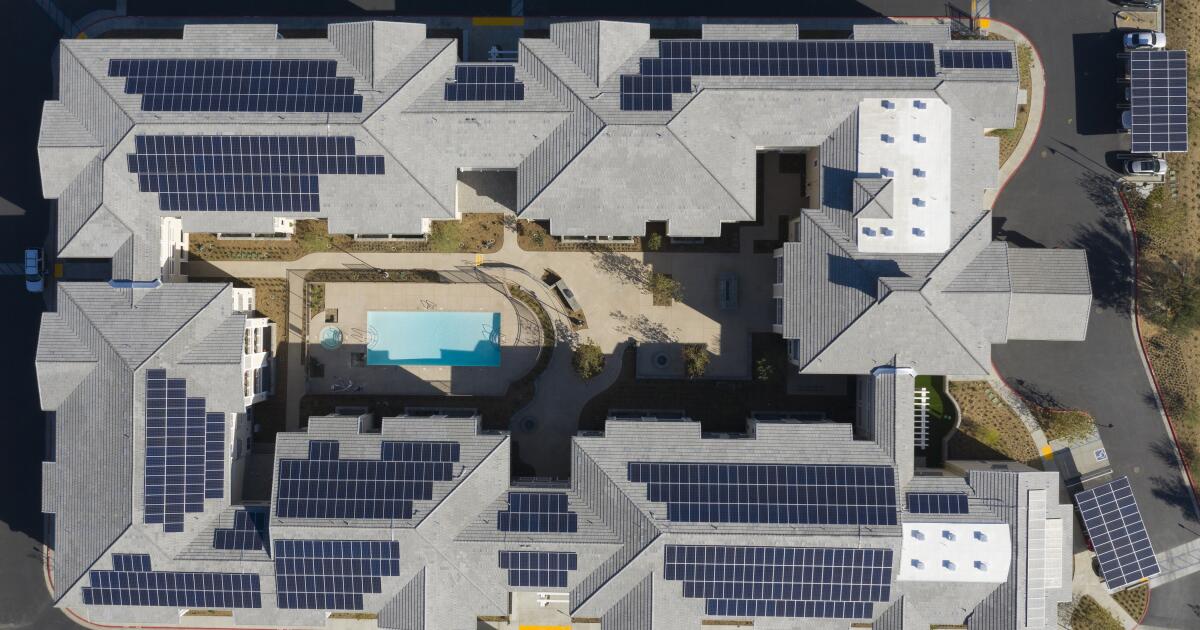wwhitney
Active Member
Only for "NEM3," aka the Net Billing Tariff. Anyone who applies for interconnection I think 120 days after the proposed order is adopted (unless this part is amended) would end up on the Net Billing Tariff eventually, but the IOUs have some time to set up their billing systems to implement that. In the meantime those customers would be on NEM2, but switched over to the Net Billing Tariff when it is operational.I thought from what I read the 5 cents per kwh is all one get sending back, no retail anymore, starting as soon as it passes?
Cheers, Wayne



